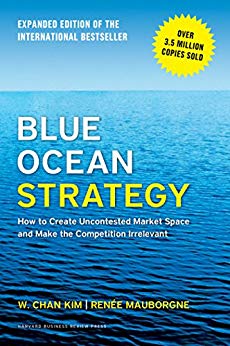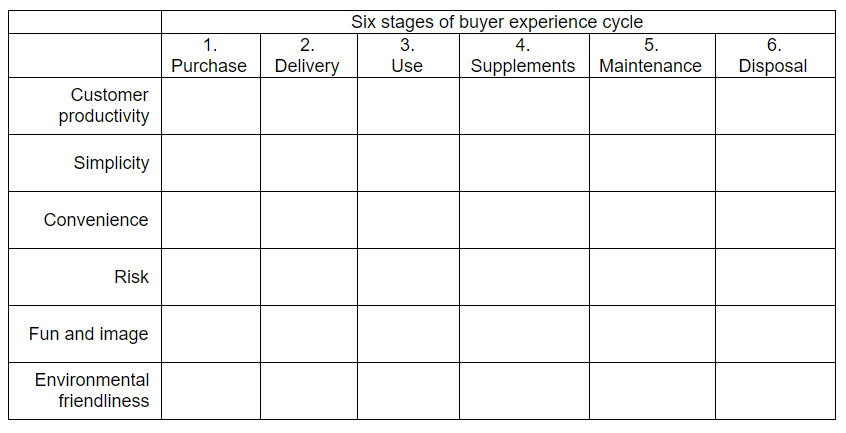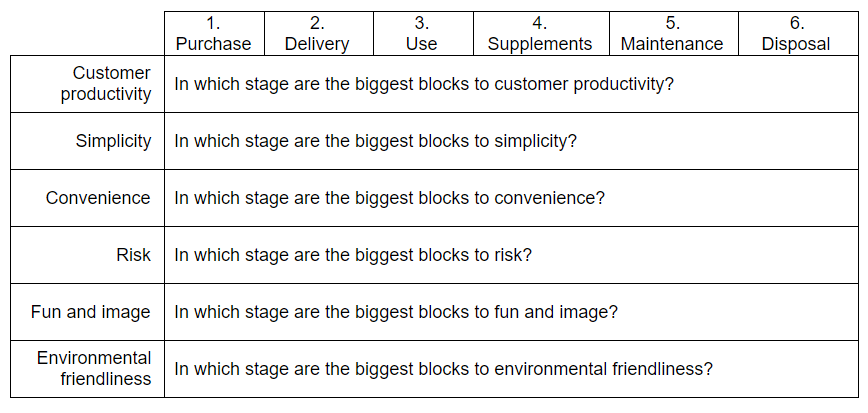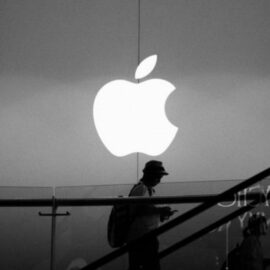

This article is an excerpt from the Shortform summary of "Blue Ocean Strategy" by W. Chan Kim and Renee Mauborgne. Shortform has the world's best summaries of books you should be reading.
Like this article? Sign up for a free trial here .
What is the buyer utility map? How do you use it to build the best Blue Ocean Strategy? Learn about how to unlock buyer utility by considering their entire purchasing cycle.
Introduction to the Blue Ocean Strategic Sequence
Before we dive into the buyer utility map, let’s understand how it fits into Blue Ocean Strategy.
Now you’ve researched and vetted possible blue ocean strategies, you’ve batched the common pain points of noncustomers, and you’re ready to figure out how to execute the strategy. This comes down to the business model – the nuts and bolts of what you will offer.
Blue Ocean Strategy proposes going in this strategic sequence:
- Buyer utility – Is there exceptional utility in your idea?
- Price – Is your price accessible to the target mass of buyers?
- Cost – Can you attain your cost target to profit at your price?
- Adoption – What adoption hurdles impede your idea? Consider whether customers, partners, and employees will resist your idea.
Altogether, these form the ultimate goal – a profitable business. The first two items, including a buyer utility map, concern revenue and sales. The third considers cost, which affects profit margin. The last considers barriers to execution.
In short, value innovation increases demand of a good; price is set to maximize the mass of buyers in the expanded market; and lowers cost to maximize profit.
These are serial steps – you move to the next step only after it’s clear the current step is a success. If you can’t offer something of buyer utility, there’s little point in figuring out how much it costs to produce.
Furthermore, no downstream step should strongly influence an upstream step. For instance, shouldn’t allow high costs to change your offering and buyer utility, because this will warp your strategy. If you hit a cost roadblock, you must drop the idea because the original blue ocean idea won’t be profitable, or you must iterate on your model to lower costs.
We’ll cover each strategic step in more detail.
Buyer Utility Map
Does your business idea really add superior customer value?
A classic strategic blunder is to conflate innovation with superior customer value. “Because it’s a novel technology or approach, it must automatically improve customer’s lives!”
Generally, customers don’t really care about the technology underlying the product – they care about whether the product solves their problems. If your product doesn’t do a better job of solving customer pain points, it doesn’t represent superior value.
To avoid this trap, use the buyer utility map, which charts the customer experience on one axis, and the utility levers the product can pull in the other.

There are 36 spaces on the map. Your product should create clear value above the competition in one or more of these spaces on the buyer utility map. Ideally, your product’s spaces don’t match the competition’s, as this may suggest you’re incrementally innovating and not creating a true blue ocean opportunity.
In your industry, there may be utility blocks in certain spaces of the buyer utility map that incumbents simply do a poor job of relieving. There may be a blue ocean in removing these blocks.
This chart can also be inspiration for finding blue oceans. Ask questions along each axis to clarify what the customer experience currently looks like and where it can be improved.
Explore each stage of the buyer experience
For each stage of the buyer utility map, consider how to dramatically change each of the stages of the buyer experience cycle.
- Purchase
- How easy is it to find your product?
- Is the purchasing experience pleasant? Is the location attractive?
- How fast or easy it is to purchase?
- Deliver
- How long does delivery take?
- How difficult is arranging for delivery?
- How expensive is delivery?
- How difficult is it to unpack and start using the new product?
- Use
- How effective is the product?
- How much training is required to start using the product?
- Is the product far more powerful than the average user needs?
- Is the product easy to store when not being used?
- Supplements
- Do you need other complements or supplements to use the product? If yes, how much time and money do they cost?
- How do these add-ons affect the customer experience?
- Maintenance
- How costly is maintaining the product?
- How quickly does the product break down or become obsolete?
- Disposal
- How easy is the product disposed of? How much time or money does it take?
- Are there legal or environmental issues in disposing it?
Explore each utility lever of the buyer utility map
Now look at the other axis. For each utility lever, where are customers most facing utility blocks?

Examples of Successful Buyer Utility Maps
- Before Henry Ford, automobiles excelled in the image and use phase, where luxury cars were used for fashionable weekend trips. But they faced blocks in two spaces above in their buyer utility map. In the Convenience + Use space, cars were unreliable luxury vehicles, unable to traverse bumpy and muddy roads. In the Risk + Maintenance space, cars were complex and broke down often, requiring expensive experts to fix.
- Ford’s Model T broke these two utility blocks. The Model T was designed as a mass vehicle, sturdy and reliable rather than fashionable. And with a single color and single model, repair was more straightforward.
- (Shortform example: From the lens of the buyer utility map, Apple led a tour de force in multiple buyer utility spaces after Steve Jobs’s return, with the iMac, the iPod, and the Apple store.
- Simplicity and convenience were overhauled across the board in Apple’s buyer utility map:
- The iPod was easier to use and sync than any other MP3 player, particularly with the introduction of iTunes. Similarly, MacOS has always prided itself on being simple to use.
- Purchasing and maintenance were made easy through the Apple store, a one-stop-shop for buying and repair. In contrast, repairing a PC often required finding third-party repairers or going through a complicated warranty process.
- Customer productivity in buyer utility map.
- Apple products were never the most powerful in their class – other MP3 players had more storage space, and you could build a more powerful PC for much cheaper. But specs didn’t matter to people who couldn’t unlock the power of the specs due to complexity. Simplifying the experience made customers more productive by enabling capabilities that were too complex to learn before.
- Fun and image – no recent brand has epitomized cool like Apple, cultivated through deliberate marketing, status as premium products, and adoption by cultural influencers.)
- Simplicity and convenience were overhauled across the board in Apple’s buyer utility map:
- Example of a failure: The Philips CD-i was a CD player pitched as a novel all-in-one device, combining an audio player, game console, educational media, and internet features. It was priced below a PC with a CD-ROM drive, eschewing components like keyboard, mouse, and monitor.
- Superficially the customer value came from combining multiple devices in a relatively affordable machine. It could tick the boxes in Convenience + Purchase and Convenience + Use, and they probably also assumed Customer productivity + Use would work.
- In reality, hardware value often comes from the software ecosystem running on the hardware. CD-i, created as a media player and thus underpowered, never got traction among game or software developers. Said Bill Gates, “it got caught in the middle. It was a terrible game machine, and it was a terrible PC.” This shortfall was not compensated for by convenience.
- Furthermore, its complexity actually impeded customer value, making setup and training more difficult.
———End of Preview———

Like what you just read? Read the rest of the world's best summary of "Blue Ocean Strategy" at Shortform . Learn the book's critical concepts in 20 minutes or less .
Here's what you'll find in our full Blue Ocean Strategy summary :
- What blue oceans are, and how you create one for your business
- Why some businesses succeed in creating blue oceans, and why others fail
- The red ocean traps you have to avoid if you want business growth






